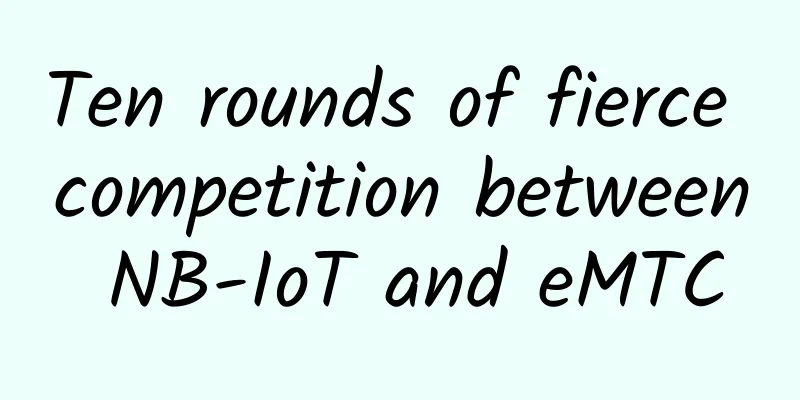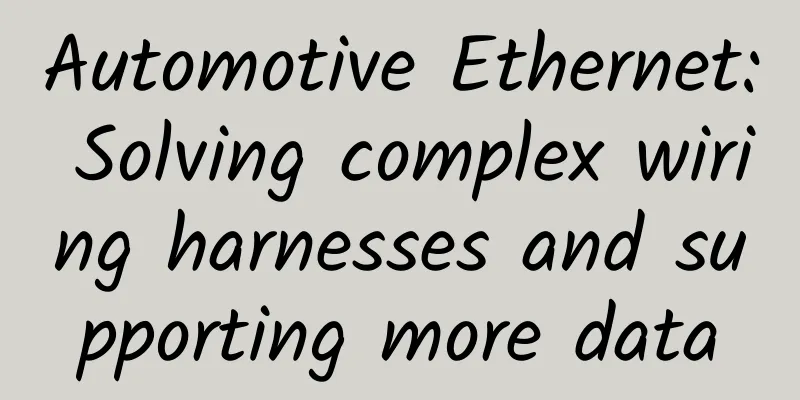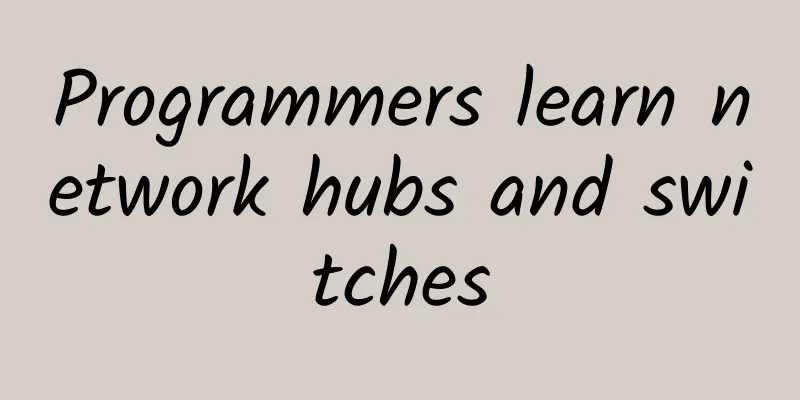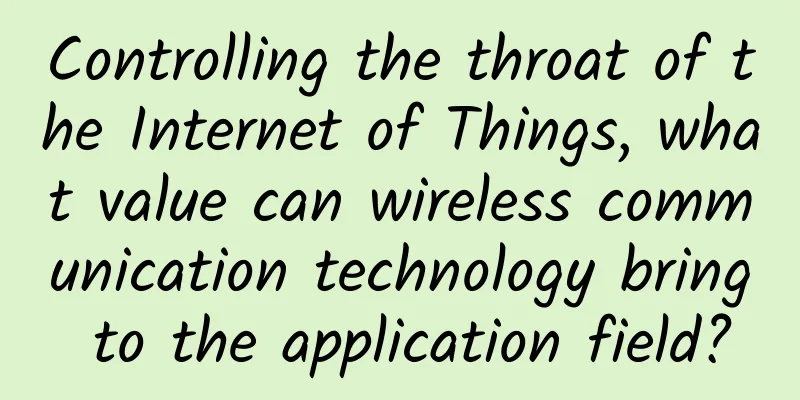How to identify the protocol of an unfamiliar CAN network?
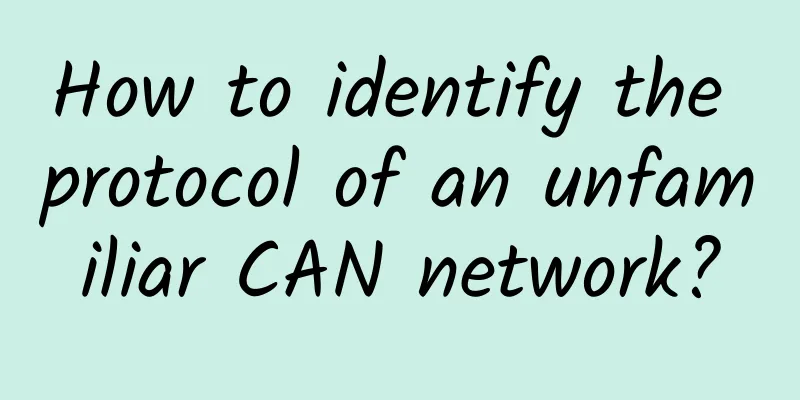
|
In a CAN network, all nodes share a bus for data transmission and reception. When faced with an unknown multi-node CAN bus network, how can we accurately analyze the communication protocol between nodes? 1. CAN bus communication mode Similar to 485, CAN-Bus also communicates in a bus mode, and all CAN nodes are connected to a pair of differential lines. However, there is no master-slave concept in the nodes of the CAN bus. When a node has data to upload, it can send it autonomously and instantly, and the advanced arbitration mechanism ensures that the data will not conflict.
Figure 1 CAN bus communication mode 2. CAN bus protocol analysis Compared with the standard seven-layer communication model, the CAN bus can be roughly divided into the physical layer, link layer, and application layer. The node ID number can be obtained by analyzing the link layer. If you want to analyze the link layer of an "unencrypted" CAN bus, you can use a CAN bus interface card (also known as a CAN box). This type of tool can convert CAN communication to USB, PCI and other communication methods, and is generally used with a computer. If you want to do a comprehensive analysis of the CAN bus, you need a professional bus analyzer. CANScope is a comprehensive instrument that integrates CAN node testing and calibration, CAN bus fault diagnosis and resolution. Figure 2 CAN bus packet capture tool and method 3. Application of Multi-channel CAN Card The bus protocol analysis mentioned above is performed under the premise that there are few bus nodes and the node ID is known. When facing a network with unknown protocol, many nodes and unknown node ID, the first thing to do is to extract the messages in each CAN channel and identify each node ID. Figure 3 Data separation and extraction If each node is taken out for testing separately, the original communication rules will inevitably be destroyed. How to figure out an unfamiliar transceiver protocol without destroying the original communication? As the saying goes, if you want to do your work well, you must first sharpen your tools. You need a CAN card that can send, receive and transfer multiple CAN data at the same time. USBCAN-8E-U is such a test tool. Figure 4 USBCAN-8E-U USBCAN-8E-U integrates 8 CAN-bus interfaces, and each channel can perform routing (forwarding) functions. When identifying the node ID, the node can be connected to 8 CAN interfaces at the same time, and then the 8-way CAN communication can be freely forwarded to ensure that the original network communication rules are not damaged. The powerful host computer software displays the CAN messages sent and received by each channel separately by channel, and the data analysis is clear at a glance. Figure 5 Multi-node CAN network analysis |
<<: No wonder your Wi-Fi is so slow if you place your router like this
Recommend
What is FlexE in 5G bearer network?
[[413331]] This article is reprinted from the WeC...
MWC19 Shanghai | Open decoupling, the next generation evolution of operator networks
[[268794]] With the promotion and application of ...
How network segmentation strategies work with SD-WAN
Software-defined WANs (SD-WANs) have sparked a re...
An overlooked "secret weapon" in the 5G era may break the market monopoly
Recently, the Ministry of Industry and Informatio...
spinservers: Starting from $49/month-E3-1280v5/32GB/1TB NVMe/30TB@10Gbps/Dallas & San Jose data centers
spinservers has released a promotion for March, o...
Is 5G a tool for some companies to defraud subsidies or is it a real demand?
Recently, major mobile phone manufacturers have r...
Huawei Intelligent Computing Conference calls for building an open Kunpeng + Ascend computing ecosystem to achieve win-win in the era of diverse computing
[51CTO.com original article] On August 29, during...
No wonder 4G is faster than 5G now. The secrets of 4G you don’t know
I don’t know if you have noticed that it is obvio...
The first year has come but 5G commercialization is still slow and is constrained by three major factors
2019 is recognized as the first year of 5G, and o...
5G modem and processor shipments surge
[[389359]] Data from the Global Mobile Suppliers ...
Bluetooth, WiFi and Zigbee: Which wireless technology is better?
Wireless technology is all the rage these days! F...
ZJI Double 11 recharge 1000 yuan to get 100 yuan, Hong Kong high-defense server lifetime 50% discount, regular server 20% discount
ZJI was founded in 2011 as Weixiang Host, a well-...
The details of number portability have been announced, but these four types of numbers cannot be ported
Recently, the long-awaited number portability has...
Microsoft announces that US operator AT&T's 5G mobile network business will be migrated to Azure cloud service
Microsoft announced today that US telecom operato...
Tencent Xingmai Network 2.0 upgrade supports 100,000-card super cluster
With the rapid development of artificial intellig...
